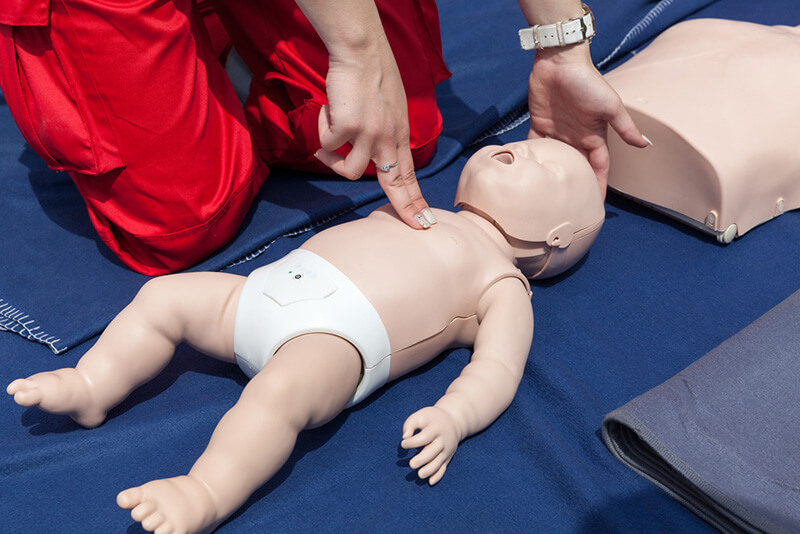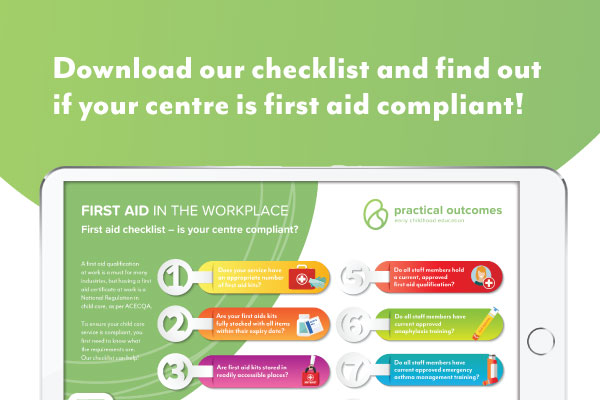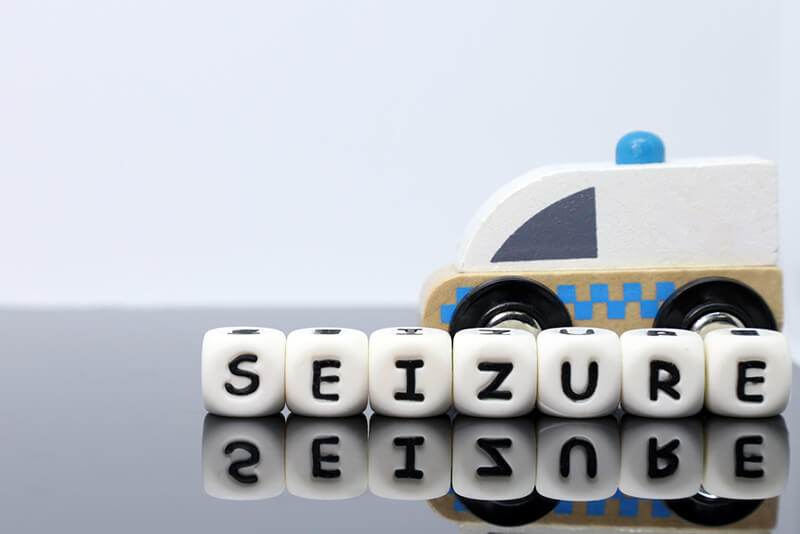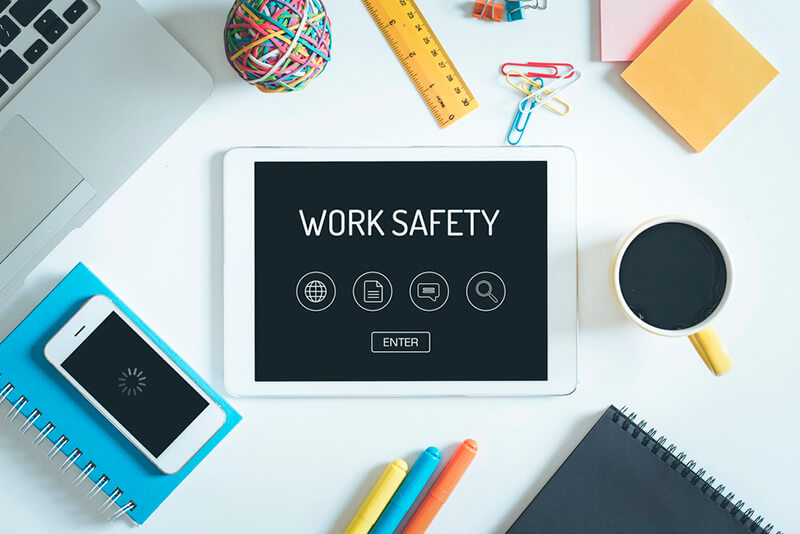Child CPR, or cardiopulmonary resuscitation for children, can make all the difference to saving a child’s life in an emergency situation. It’s a critical component of any first aid course and something that everyone working in childcare should be trained in.

CPR works by feeding oxygen to children (or adults) in emergency situations – such as drowning, heart failure, asthma attacks and literally hundreds of other critical situations. Without oxygen, we can suffer permanent brain damage after just five minutes. CPR can provide the means to keeping a child alive long enough to receive help from a trained professional.
But there is a right way and a wrong way to administer CPR.
According to Australia Wide First Aid ‘proper CPR is performed with alternating chest compressions with mouth-to-mouth breathing,’ ensuring oxygen is pushed into the lungs so that it can go to the brain and keep a person alive. The most commonly taught CPR technique involves 30 chest compressions and two deep breaths. After that, the rescuer returns to performing chest compressions, then back to giving two more deep breaths. This pattern is maintained until proper help arrives.
While its life-saving merits are well-documented, CPR can actually be damaging when performed incorrectly and so it’s important to get it right. Here are some of the common mistakes to be careful of:
- Not calling 000 – CPR should never replace professional assistance and a normal person will generally not be able to give adequate CPR for more than three minutes. Make sure you, or someone nearby, calls 000 immediately (as CPR is begun).
- Mouth to mouth isn’t priority – ensuring adequate chest compression is a greater priority than respiration.
- Not assessing the response – During CPR you should be checking for rise and fall of the chest as people do not regain consciousness with a big breath, contrary to what we see in the movies.
- Technique mistakes – these might include compression that’s too quick, bent elbows as well as too much (or too little) force – these technique issues can compromise our ability to resuscitate someone.
- Neglecting your own safety – be aware of how you could be putting yourself in danger, particularly in cases involving poisoning or electrocution. Make sure you’re safe before you try and rescue someone else.
Ultimately the key to administrating child CPR is to be correctly trained in the first instance and to ensure your skills are refreshed and maintained.
At Practical Outcomes, we offer a CPR certification. We recommend completing this course once every 12 months. Book now you online first aid course and be ready to save someone’s life.
What else you need to know about first aid?
Book the course if you are ready



